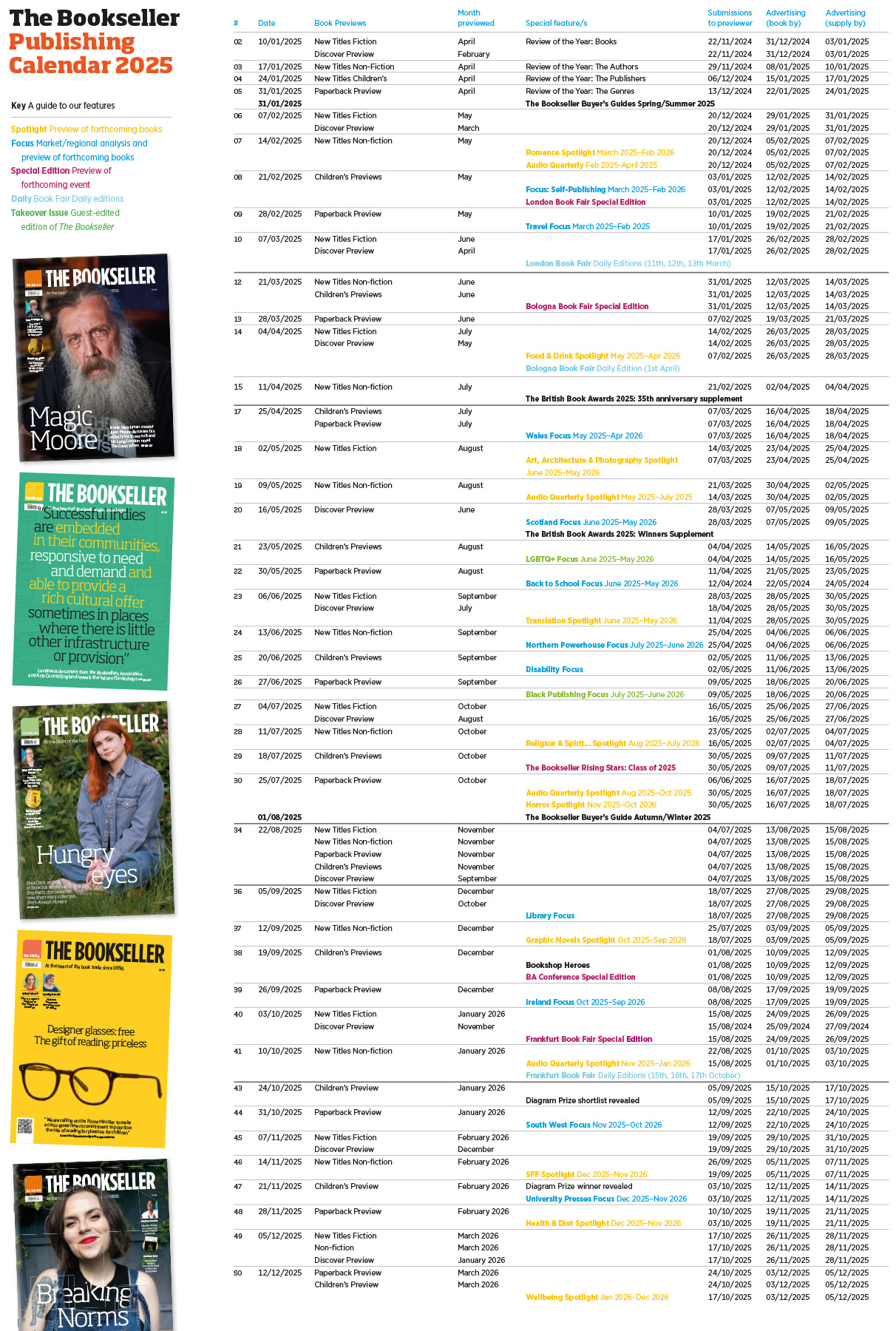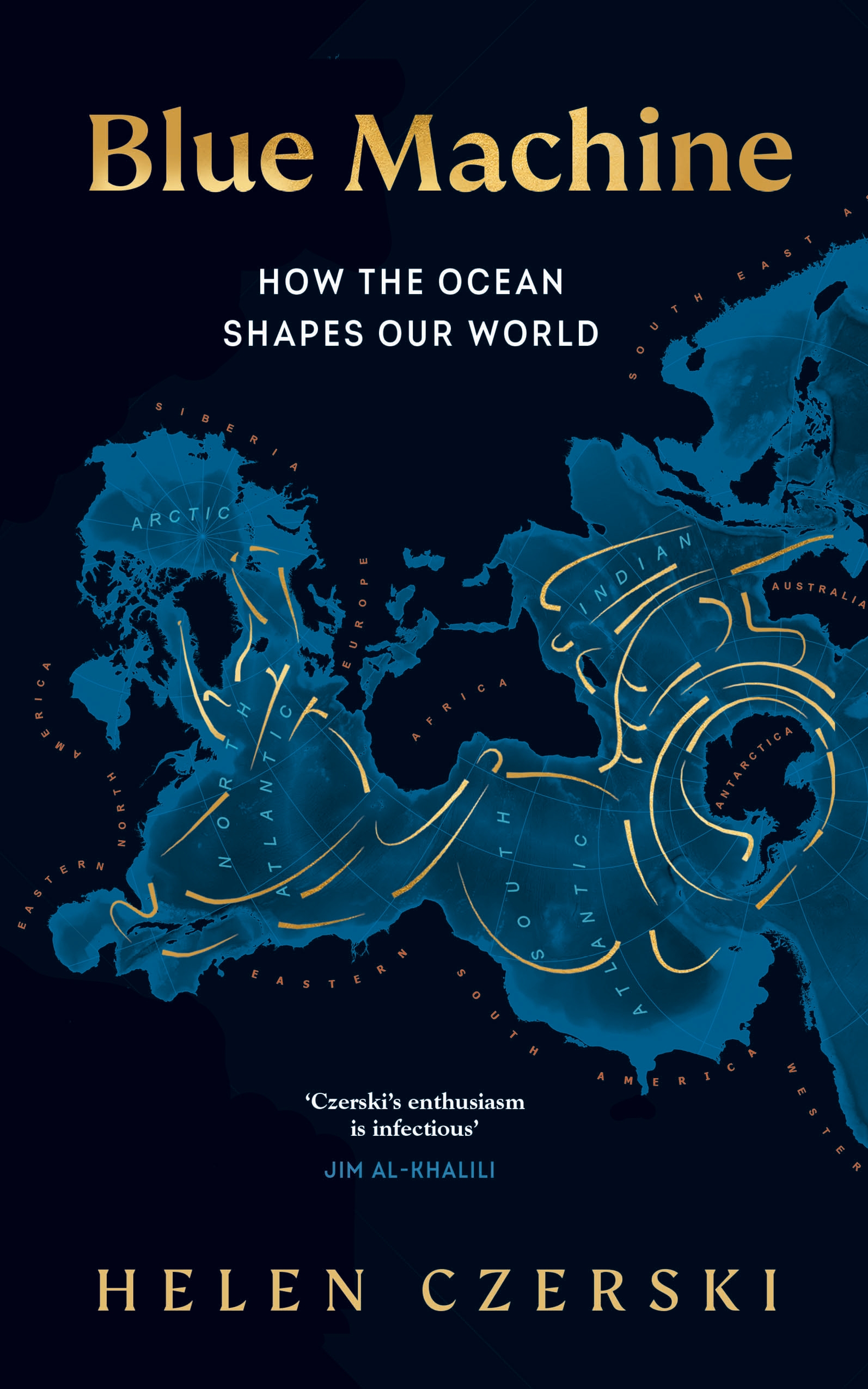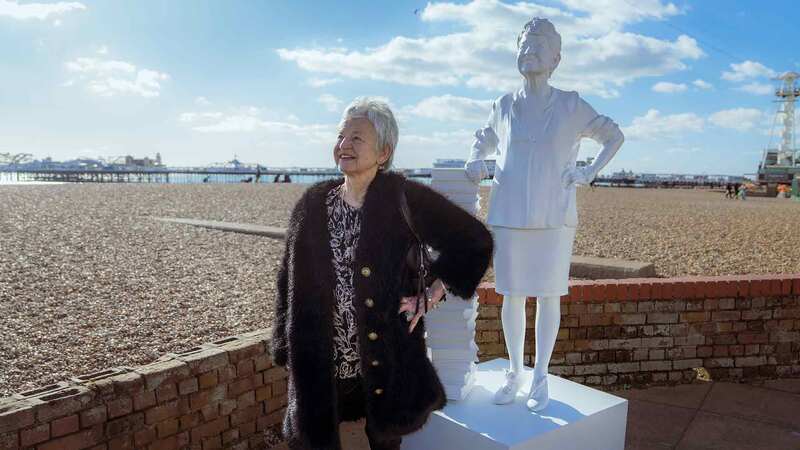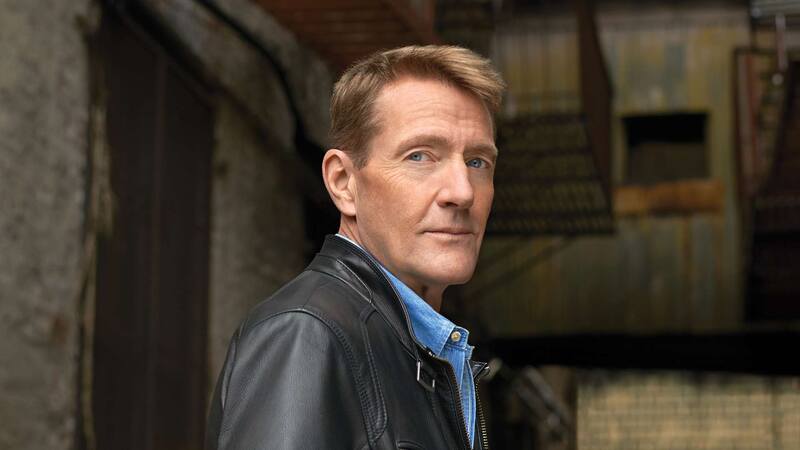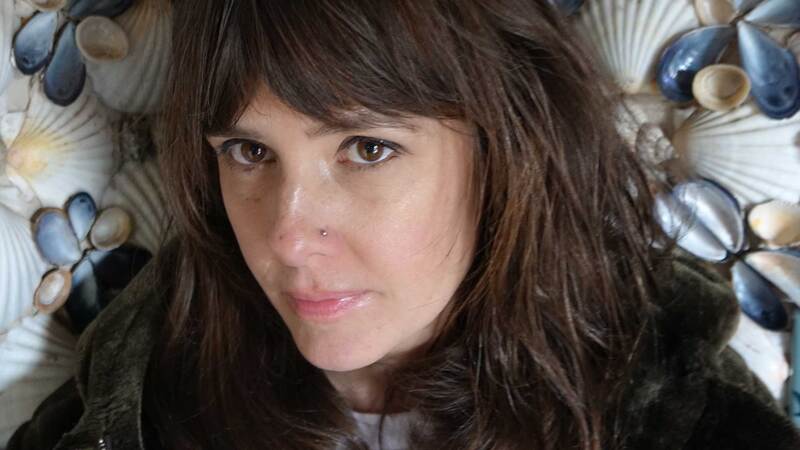You are viewing your 1 free article this month. Login to read more articles.
Physicist Helen Czerski asks us to reconsider the ocean in her new book, Blue Machine
 Caroline Sanderson
Caroline SandersonCaroline Sanderson worked as a Waterstones bookseller, and as a book publicist before becoming a freelance writer in 1997. The B ...more
Physicist Helen Czerski offers a very different perspective on the ocean in her revelatory book.

Caroline Sanderson worked as a Waterstones bookseller, and as a book publicist before becoming a freelance writer in 1997. The B ...more
"Next time you look up and see a plane cruising high above you at 30,000 feet or more, imagine that you are looking up from the bottom of the deepest part of the ocean to the surface. That’s how much ocean there is. And then imagine all the things that can happen in an ocean that size”.
From our land-locked café table at the British Library, Helen Czerski is conjuring the perspective shift needed in order for us to appreciate the dynamic totality of the ocean. Her forthcoming book Blue Machine: How the Ocean Works exhorts us to tune into its sheer 3D enormity; how we live inside the weather it generates, breathe in what it breathes out and much more. Published ahead of World Ocean Day on 8th June, it unlocks a treasure chest of enthralling stories; from the navigators of ancient Polynesia, and the marvels of plankton, to John Steinbeck’s Cannery Row and the copious tears cried by turtles. It’s an anchor title for Transworld’s new Torva imprint, established, in the words of non-fiction publisher Susanna Wadeson, to “publish books that shift our thinking and change how we see our lives in the world”. Blue Machine certainly does that, through an impressive blend of disciplines that includes physics, chemistry, zoology, biology, geology, environmental science, history and folklore. It also has some of the wittiest and most judicious footnotes you’ll ever read.
Deepening knowledge
As a physicist, Czerski studies the bubbles underneath breaking waves in the open ocean to understand their effects on weather and climate. When I ask her how this very particular specialism led to her writing a book of such remarkable breadth and depth she tells me that its genesis dates back around 15 years to her time as a post-doctoral researcher at Scripps Institution of Oceanography in San Diego. “I knew nothing about the ocean when I rocked up there. But then I fell over this cliff into all this stuff about the ocean I had reached the age of 26 without ever hearing about”. The experience opened her mind to the massive sunlight-powered engine that is the ocean, and the myriad ways in which it influences the forces and creatures of the natural world, as well as human culture. “Here was the biggest scientific story I had ever encountered and nobody was talking about it”.
We talk about the fish, we talk about plastic pollution, but nobody talks about the actual water!
For a time, the idea of writing about the blue machine took a back seat to Czerski’s own research, as well as her growing career as a science communicator, author and broadcaster. Fast forward a decade, and still nobody was talking about it. “And so it became obvious that I had to write this book. Because I care deeply about the subject. And also because it wound me up intensely that as far as I could tell there hadn’t been a single popular science book on physical oceanography. Not ever. We talk about the fish, we talk about plastic pollution, but nobody talks about the actual water!”
Breaking waves and bubbles
Part of the reason we bypass the significance of the actual water, Czerski maintains, is the fact that our world is so often represented by flat maps which put the land masses either side of the Atlantic at the centre, while cutting in half the enormous expanse of the Pacific Ocean, and relegating the busy roundabout of currents that is the Antarctic Ocean to the bottom. “Thinking about the earth as a sphere is very important”, she says, miming the way in which the ocean moves around the globe with gyroscope moves of her hands. The striking black, blue and gold cover of Blue Machine with its ocean-highlighting map flips our world view still further, showing the interconnectedness of all the stretches of water we tend to envisage as separate bodies.
The ocean is as much part of home as the land. It’s changeable and it can be hazardous, but if you show humility, and you observe and learn, the ocean will support you and provide for you
As soon as she arrived in the world of oceanography, Czerski learned to scuba dive, an activity she believes should be less about recreational bravado and more about blending in. She says: “Being a good scuba diver is about being a fish”. Blue Machine also draws on Czerski’s extensive work on research ships around the world. “Which is a very different way of seeing the ocean; you’re out a long way from the coast in a steel bubble and you don’t see people for weeks”. But it is by charting her intrepid experiences of ocean canoeing with people from the indigenous communities of Hawaii that Czerski chooses to open and close Blue Machine. She first learned to paddle Pacific outrigger canoes on the Thames after moving to London in 2013. And then came the amazing opportunity to paddle a canoe in Hawaii which afforded Czerski the privilege of “looking at my own discipline—breaking waves and bubbles—through entirely different eyes”. The learning she has drawn from the deep Hawaiian connection to the ocean suffuses the book. “The ocean is as much part of home as the land. It’s changeable and it can be hazardous, but if you show humility, and you observe and learn, the ocean will support you and provide for you”.
Ocean perspective
Such intimate connection remains elusive to most landlubbers who consequently barely skim the surface of the ocean’s layered and multi-dimensional wonders. And this perhaps explains why we have so often abused it for our own ends: overfishing, dumping pollution in it and, until recently, ignoring the effect of rising temperatures on its ecosystems. Czerski tells me that oceanography is now, out of necessity, focused on the climate crisis. “The biggest current challenge is knitting together the complexities of the ocean and how they all interact in order to protect and preserve it”. This task is not merely the preserve of scientists, Czerski argues. In the final chapter of Blue Machine, she writes: “We need to…share and develop an ocean perspective, and to build it into our world view. And then we need to act… We are all crew and we can all contribute”.
Extract
Appreciating the blue machine for what it really is changes us, and it’s the gift that never stops giving. We are tiny specks of life wandering around the edge of this vast expanse of blue, and imagining ourselves on our blue planet can bring us both humility and comfort. Our influence is already tweaking this giant engine, but the future can be different. More than anything else, that future rests on our human relationships with the global ocean, which comes down to identity. Who do we choose to be each morning? Do we see the Earth’s defining feature as a critical part of our lives, and choose to see ourselves as citizens of this blue planet? Or do we choose to turn away.
Those of us lucky enough to spend time by the sea this summer can begin to develop this ocean perspective by sticking our heads not in the sand, but in the water, says Czerski. “Even in Britain, don’t be afraid to put your head underneath and look around. Because then you are ducking into the more fundamental nature of planet Earth, where entirely different rules apply. It’s like Narnia; like walking through the back of the wardrobe and opening the door on a whole new world”.
Metadata
Pub date: 01.06.23
Imprint: Torva
Format: HB, EB
ISBN: 9781911709107 / 9781473575967
Rights: Norton in the US, publishing in autumn. Rights are sold in Italy (Bollati), Japan (A&F Corporation), Romania (Trei), China (United Sky) and Korea (Sam & Parkers Co)
Editor: Susanna Wadeson
Agent: Will Francis, Janklow & Nesbit



